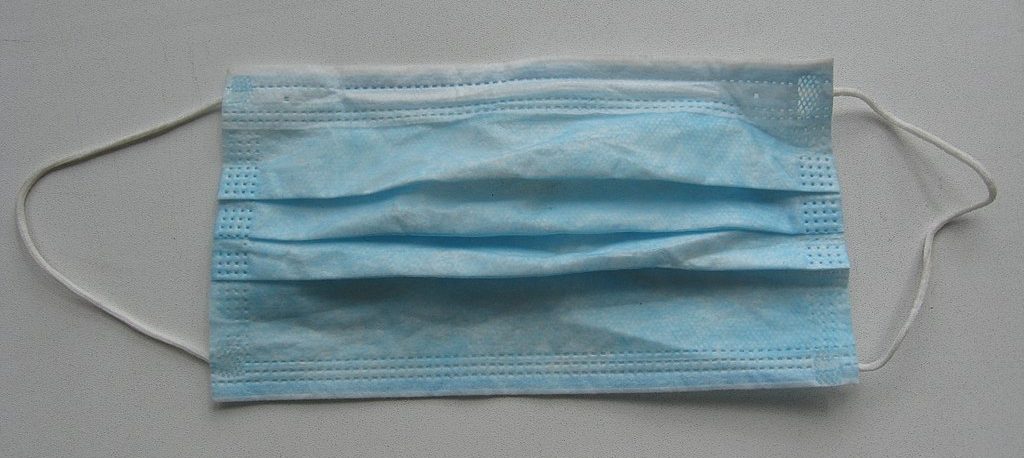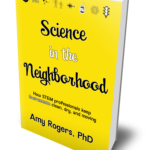To face mask, or not to face mask? That is the question.

To face mask, or not to face mask? That is the question.
{This post is specifically about surgical face masks, the cheap, loose-fitting, disposable kind. Surgical masks are different from N95 respirators, which should not be worn by the general public.}
In the past few days, we visited Ranch 99—a Chinese supermarket—and our local grocery chain Raley’s. At Ranch 99, we were the only people in the store with naked faces. At Raley’s, not a single person was wearing a face mask.
On Feb. 29, the US Surgeon General told Americans to stop buying masks. The government of South Korea, on the other hand, is urging all citizens to wear masks—and has set up a rationing system as well as export restrictions to make that possible.
At some hospitals in my area just a week or so ago, staff were forbidden to wear masks in ordinary patient encounters or around the halls. And it is still not standard procedure to be masked at all times in the hospital. But in the Czech Republic and Slovakia, it is now mandatory for all people to wear some kind of face cover.
Feeling confused about face masks? You should be. The face mask fiasco is a microcosm of the three big problems underlying everything about the coronavirus response to date: inadequate data; conflicting messages from experts and people in authority; and the tension between needs of the individual vs the community.
Let’s start with inadequate data. Although the rate at which key scientific questions are being answered is astonishing, there is just so much about the virus, about the future, about social and economic impacts that is essentially unknowable. Our leaders and people in authority, from mayors to hospital department heads and beyond, are making life-altering decisions without enough information. If some such decisions later turn out to be wrong, be gentle in casting judgment.
As it applies to face masks, there is genuine disagreement about the value of surgical face masks. It’s widely accepted that these face masks can protect other people from germs carried by a sick person because the masks trap respiratory droplets. In hospitals, staff who refuse the annual influenza vaccine (yes, such people exist) may be required to wear a mask to work during flu season. What’s more debatable is how much protection face masks provide for wearers who are themselves healthy. Surgical masks (as opposed to N95 respirators) are open to the air and provide no protection against aerosols or airborne particles. The World Health Organization maintains that healthy people need to wear a mask only if they are taking care of a person who is sick.
And yet, common sense suggests that wearing something, anything, over your nose and mouth should trap at least some larger droplets. Especially if you are careful not to touch your face more often. More importantly, we know that SARS-CoV-2 is spread mostly by people who think they are healthy. If we put face masks on everybody, would that stop some of the asymptomatic spread?
Seems worth a try. Wearing a surgical face mask is easy and cheap and risk-free. But here’s the problem. We are in the midst of a massive global shortage of face masks. If every Tom, Dick or Harry buys up masks, what about the first responders and health care workers who need them most?
Therefore the tension between “what’s good for me” and “what’s good for society” underlies the mixed messaging on face masks. If we had an infinite supply of them, then sure, everybody might as well mask-up. But given the shortage, it makes sense to discourage people from hoarding masks for their personal use.
One way out of this dilemma is to sew your own reusable masks. If I knew one end of a needle from the other, I would do that.
I wish on this issue, as on some others, our leaders had clearly laid out the tradeoffs. Americans are ready to work together and make some sacrifices. But we need someone to be honest about the benefits and costs.
Remember these issues–inadequate or conflicting data, mixed messages, and the tension between the individual and the community. They are hugely amplified in the question of when to ease up the lockdowns, a difficult topic for a future post.
Learn more about Amy Rogers and her books, including a free ebook on the scientific backstory of SARS-CoV-2 and emerging infections, at AmyRogers.com.
 Do you like my science journalism? Read Science in the Neighborhood
Do you like my science journalism? Read Science in the Neighborhood
0 Comments
Share this:


0 Comments